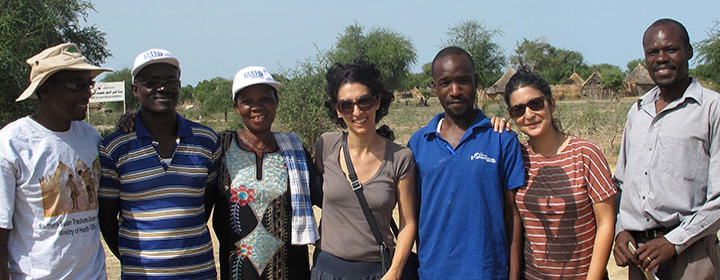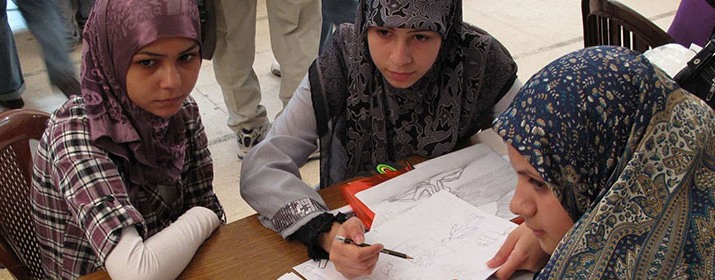3 years after the tragic events of 9/11, al-Qa‘ida can count on as many regional nodes as never before as well as on a still significant influence over thewider jihadi galaxy that testify the success of its message and of its modus operandi. However, the past few years witnessed the emergence of a series ofactors that, while sharing several features with the group founded by Osama bin Laden, developed new and often competing interpretations able to threaten al-Qa‘ida’s supremacy over the whole jihadi community. In this framework, how did the Islamic State emerged in Iraq and Syria and how serious is its challenge for the international community and for al-Qa‘ida? What could be the impact of the different Tunisian and Libyan Ansar al-Shariah branches operating over north Africa and beyond? Can Sinai become the next frontier of jihadism and how is it affected by the instability pervading Libya and Palestine? Who are theEuropean jihadists fighting in Syria and Iraq and what could be their impact once they decide to return to their homes? How do security agencies perceive thethreat of transnational extremist networks and which are the strategies they implement to counter them?
New (and old) patterns of jihadism: al-Qa‘ida, the Islamic State and beyond









